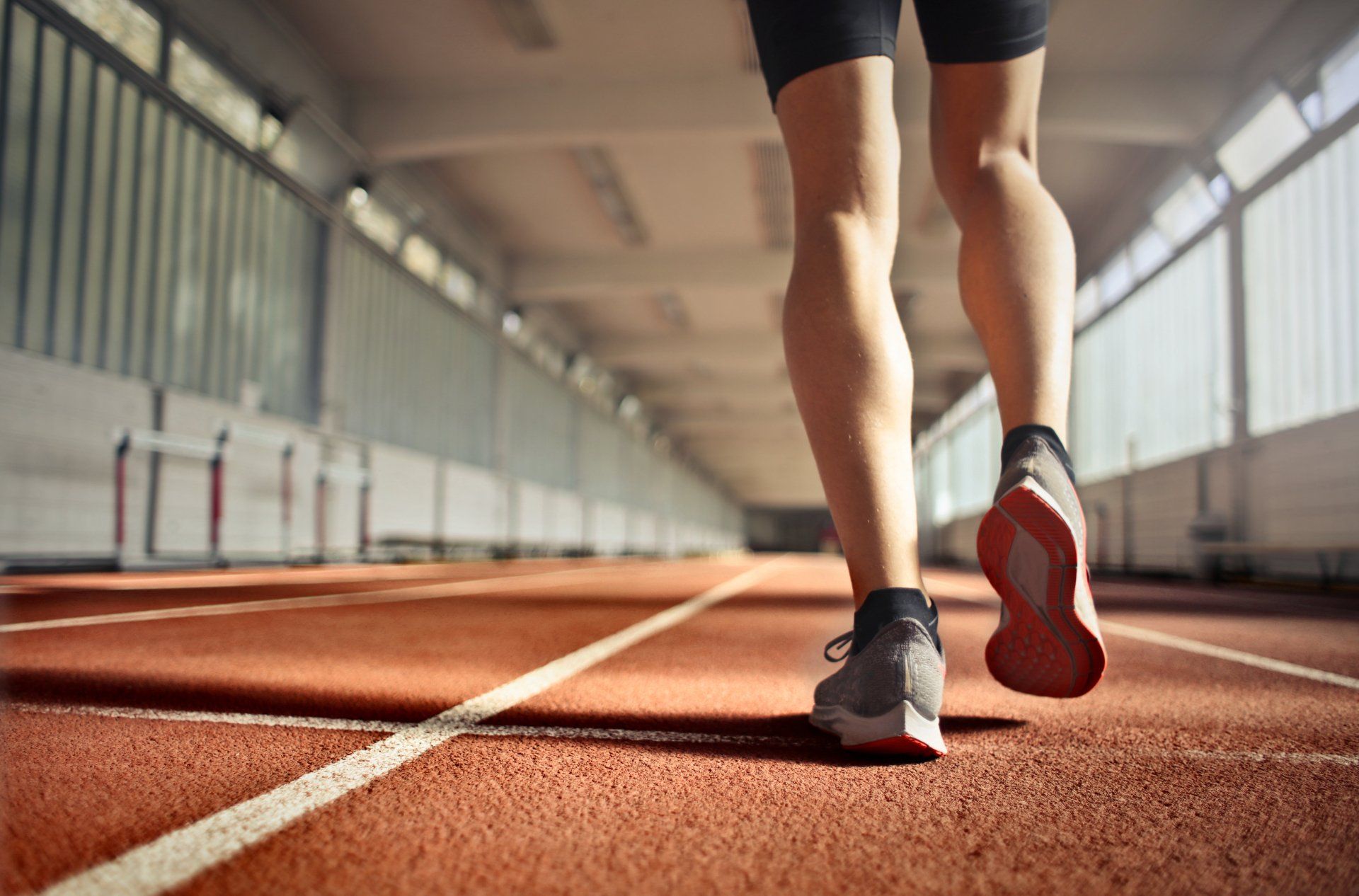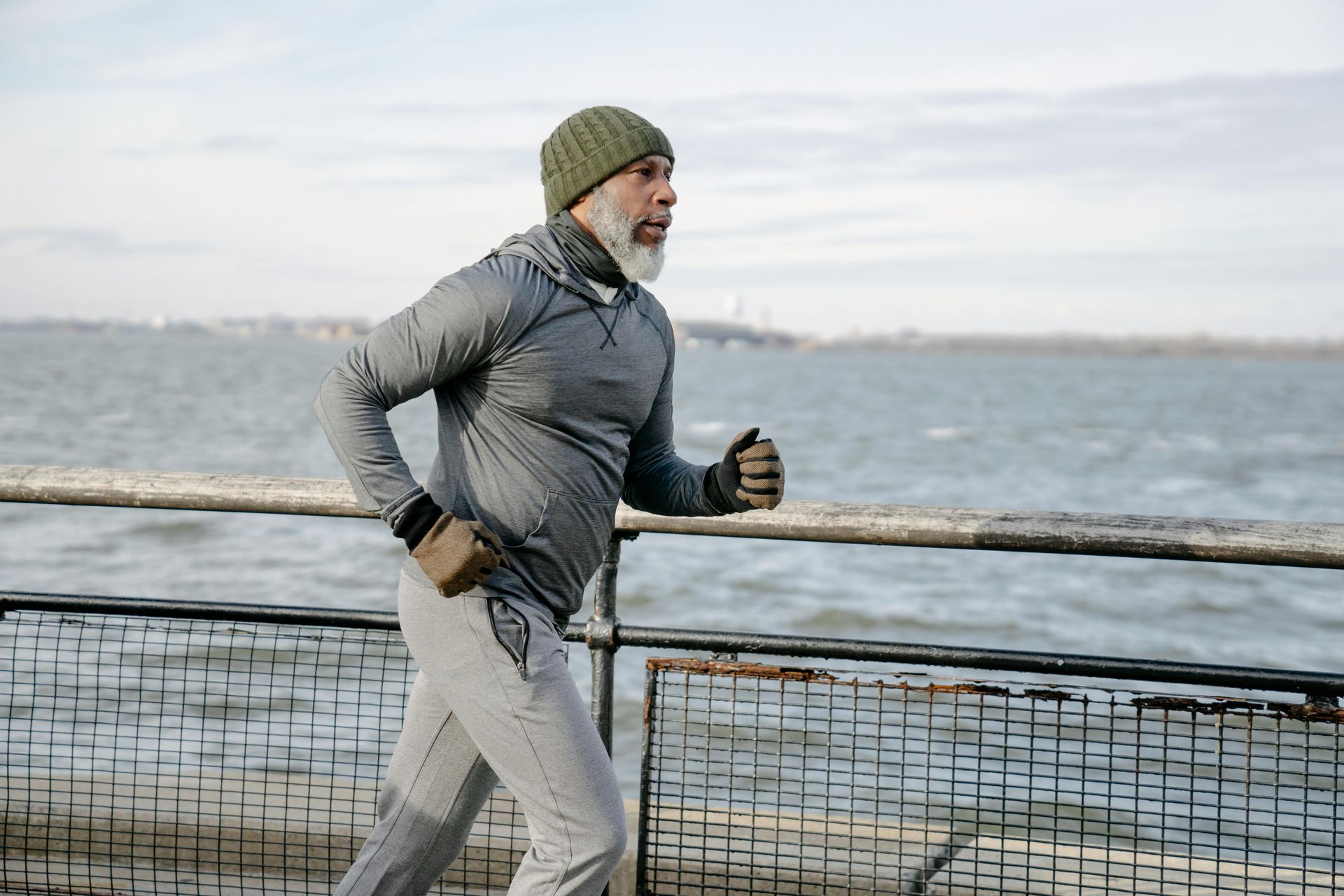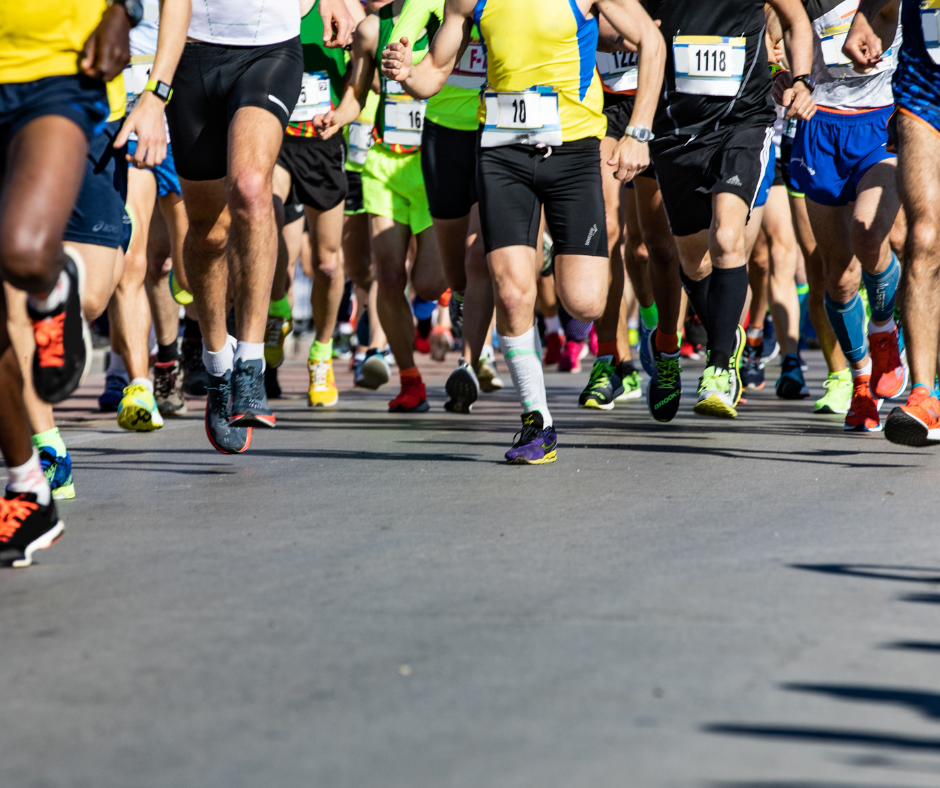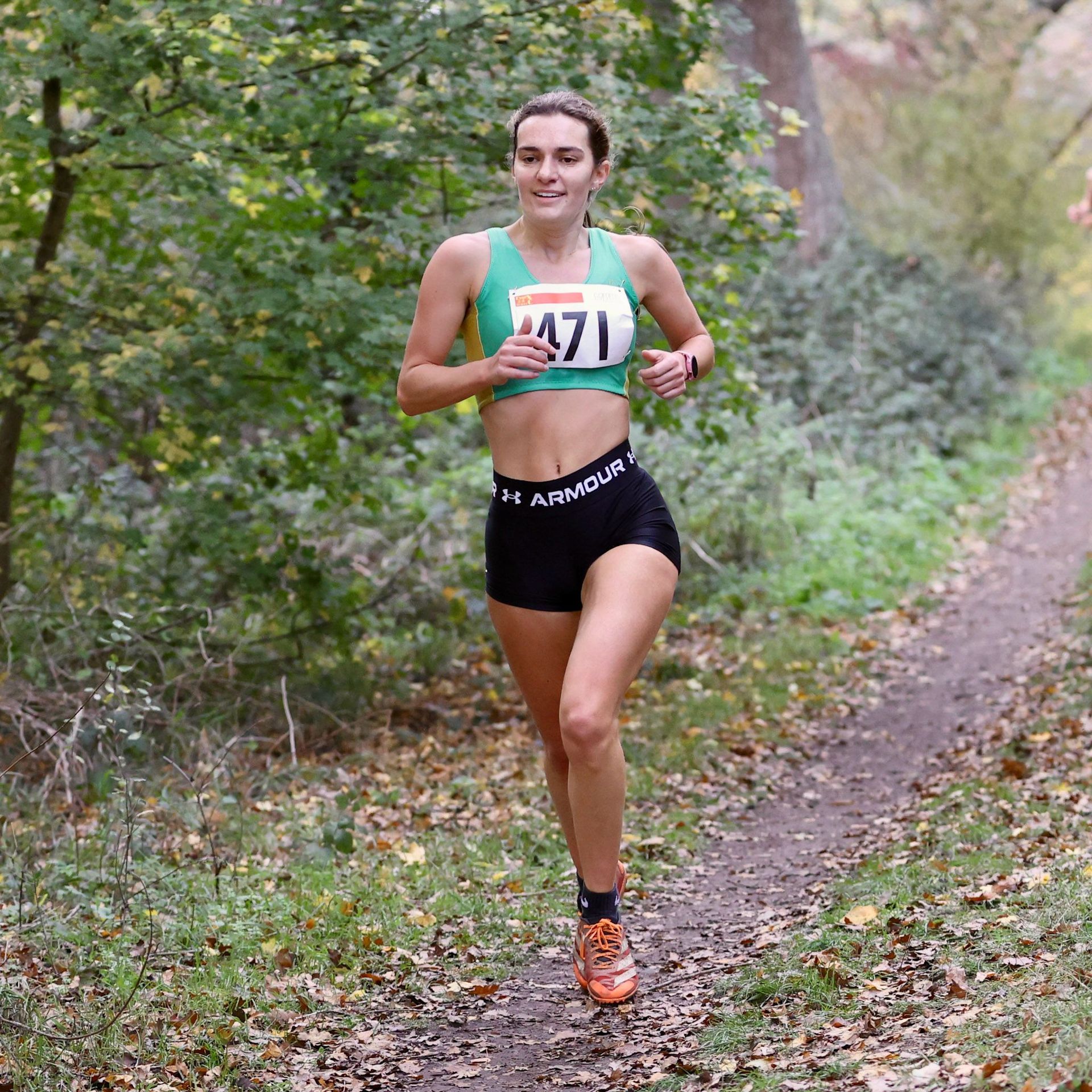Preparing Your Body for Summer Sport
As the warmer months approach, many of us look forward to getting back into our favourite summer sports like tennis, golf, and cricket. However, diving straight into intense physical activities after a period of inactivity can lead to injuries and strains. Here are some straightforward tips on how to prepare your body for summer sports and make the most of the sunny season.
1. Start with a Check-Up
Before you hit the court, course, or field, it's wise to assess your physical condition. If you've had previous injuries or health concerns, consider a quick visit to a healthcare professional. They can provide advice tailored to your needs and ensure you’re ready to engage in physical activities.

2. Gradual Warm-Up
Warming up is crucial to prepare your body for the demands of any sport. Start with low-intensity activities that mimic your sport of choice. For example, if you’re a tennis player, begin with gentle jogging and some light racket swings. Golfers might start with stretching and gentle swings, while cricketers can benefit from light jogging and stretching the arms and shoulders.
3. The Importance of Flexibility
Flexibility can significantly enhance your performance and reduce the risk of injuries. Incorporate a daily stretching routine focusing on major muscle groups that you will use in your sport. Dynamic stretches, which involve moving as you stretch, are particularly useful for athletes and can be performed as part of your warm-up.

4. Strengthening Exercises
Strong muscles support and protect your joints during physical activities. Focus on exercises that strengthen the legs, core, and arms. You can use body-weight exercises such as squats, planks, and push-ups, or light weights to build strength. It’s also beneficial to incorporate balance exercises, which can help improve stability, especially important in sports like golf and cricket.
5. Hydration & Nutrition
Your body performs best when it's well-fuelled and hydrated. Make sure to drink plenty of water before, during, and after playing. Eating a balanced diet rich in vegetables, fruits, proteins, and carbohydrates will also help maintain energy levels and aid in recovery.
6. Pre-Sports Massage
Consider incorporating a pre-sports massage into your routine. This type of massage helps prepare the body for physical exertion and improves performance. It’s particularly beneficial in sports that require repetitive motions, such as tennis, golf, and cricket. A pre-sports massage can increase flexibility, reduce muscle stiffness, and decrease the risk of injury by promoting better blood flow to the muscles.
7. Listen to Your Body
Always listen to your body’s signals. If you feel pain or discomfort, take a break or consult with a healthcare professional. It’s better to address minor issues before they develop into serious injuries.
8. Rest & Recovery
Adequate rest is as crucial as the activity itself. Ensure you get enough sleep and give your body time to recover between sports sessions. This not only helps in muscle repair but also prepares you for the next round of physical activity.
By following these simple steps, you can enjoy your favourite summer sports while minimising the risk of injury. Remember, the key is gradual progression and listening to your body at all times.
For further advice on how to prepare for summer sports or to explore treatments like pre-sports massage, contact Chelmsford Physio. Our team is dedicated to helping you enjoy a healthy, active summer.
Chelmsford Physio
Riverside Leisure Centre, Victoria Rd, Chelmsford CM1 1FG



